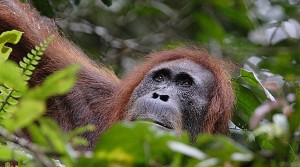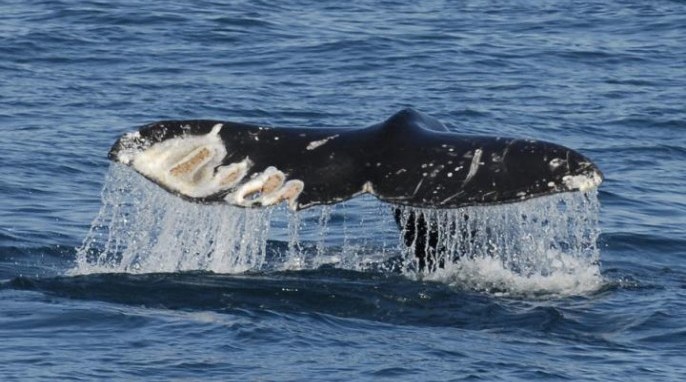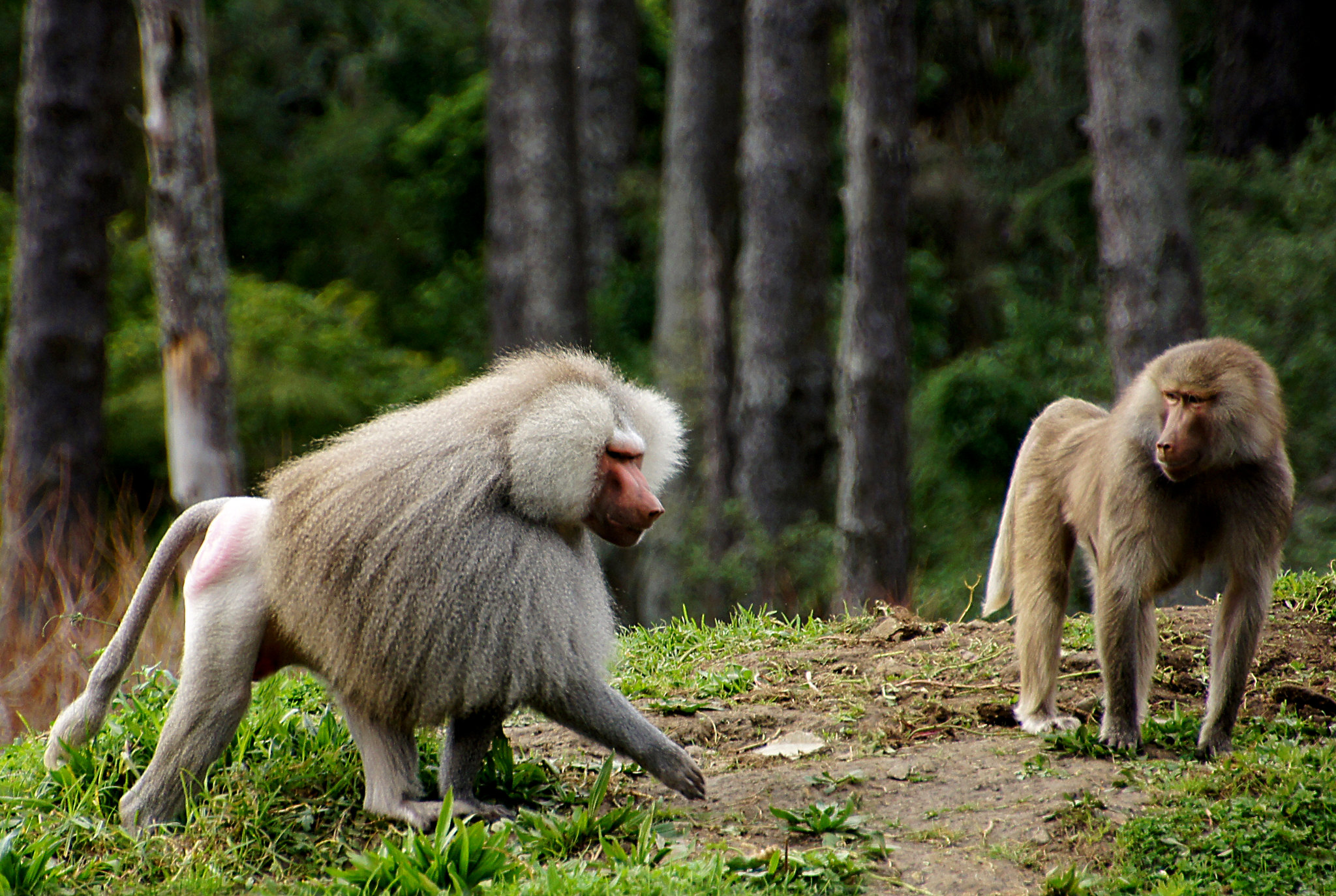A new study suggests that many endangered and threatened species, particularly primates, could be susceptible to the novel coronavirus.
Though the vast majority of discussion around COVID-19 focuses on how it impacts humans, new evidence suggests that many other animal species—some of which are critically endangered—may also be susceptible to the novel coronavirus.
Coronavirus criteria
A new study from a team at the University of California, Davis, analyzed the genomes of more than 400 species of vertebrate animals, looking for specific amino acids within birds, fish, reptiles, amphibians, and mammals that matched closely with those of humans on a particular cellular receptor.
Amino acids are organic compounds that make up proteins in our bodies. The main cellular receptor that allows SARS-CoV-2 (the coronavirus that causes COVID-19) to enter the human body is called “angiotensin converting enzyme-2,” or ACE2 for short. This receptor is found in respiratory tissues and cells, as well as other areas. SARS-CoV-2 infects humans by binding with 25 different amino acids present in ACE2.
When this coronavirus matches to the right set of amino acids in a given animal’s body, it can infect that animal’s cells, similar to how a burglar can enter a locked building if they hold the right set of keys.
At-risk animals
To determine how susceptible different animals are to SARS-CoV-2, evolution and ecology professor Harris Lewin and his team examined the ACE2 receptors of other species to see which of the same 25 amino acids were present. A species was considered more at risk of contracting the virus if its receptor contained more of the amino acids, and less at risk if fewer of them were present.

Photo by Perry van Duijnhoven
About 40 percent of the species that the study identified as susceptible to the novel coronavirus are listed as “threatened” by the International Union for Conservation of Nature. These include the critically endangered Western lowland gorilla and Sumatran orangutan, which are at very high risk of contracting the coronavirus. In fact, the study found that the ACE2 receptor’s amino acids in Old World primates and great apes matched those of humans perfectly.

Photo by Ricardo Antunes.
Gray whales, bottlenose dolphins, and giant anteaters were found to be at high risk, while the endangered Siberian tiger has a medium risk of contracting the virus. More common domestic and livestock animals, such as cats, dogs, pigs, cattle, and sheep, had medium to low risks of infection.
The National Zoo and the San Diego Zoo contributed some of the genetic information used in this study and have already established programs to prevent virus transmission between animals and humans moving forward.
RELATED: ILLEGAL COCOA FARMS THREATEN PRIMATES
A stepping stone
Like COVID-19 in general, much about the virus’s ability to infect animals is still unknown. There have been documented cases of SARS-CoV-2 infection in several mammal species, such as lions, tigers, cats, and dogs, but it’s unclear whether the virus is gaining access to cells via ACE2 or a different receptor. A press release for the study also notes that if SARS-CoV-2 is less able to bind with cells, that could mean lower risk of infection or, alternatively, lower rate of spread once an animal is already infected.
The researchers remind readers that their findings are strictly computational at this point, warning that this study needs direct experimental data to prove an individual species’ susceptibility to SARS-CoV-2.
However, the study does provide useful insight into how to better manage human-animal interactions in places like zoos and sanctuaries. It could also clue us in on how this novel coronavirus crossed the genetic divide between animals and humans, potentially helping us avoid similar outbreaks in the future.
“The data provide an important starting point for identifying vulnerable and threatened animal populations at risk of SARS-CoV-2 infection,” Lewin said. “We hope it inspires practices that protect both animal and human health during the pandemic.”
RELATED: Help Researchers Track Coronavirus by Reporting Your COVID-19 Symptoms Online
This study was published in the journal Proceedings of the National Academy of Sciences.
Reference
Damas, J., Hughes, G. M., Keough, K. C., Painter, C. A., Persky, N. S., Corbo, M., Hiller, M., Koepfli, K., Pfenning, A. R., Zhao, H., Genereux, D. P., Swofford, R., Pollard, K. S., Ryder, O. A., Nweeia, M. T., Lindblad-Toh, K., Teeling, E. C., Karlsson, E. K., & Lewin, H. A. (2020). Broad host range of SARS-CoV-2 predicted by comparative and structural analysis of ACE2 in vertebrates. Proceedings of the National Academy of Sciences, 202010146. https://doi.org/10.1073/pnas.2010146117

About the Author
Mackenzie Myers is a science writer, native Michigander, and former field station ragamuffin. She holds an MFA in nonfiction writing but would be a soil scientist if she could do it all over again.
Dig our work?
As a nonprofit, we rely on reader support to help fund our science news journalism. We’re one of the few news outlets dedicated exclusively to scientific research coverage, and we believe our content should remain free and accessible to all. If you dig our mission and agree that science news should never sit behind a paywall, please consider making a donation.




